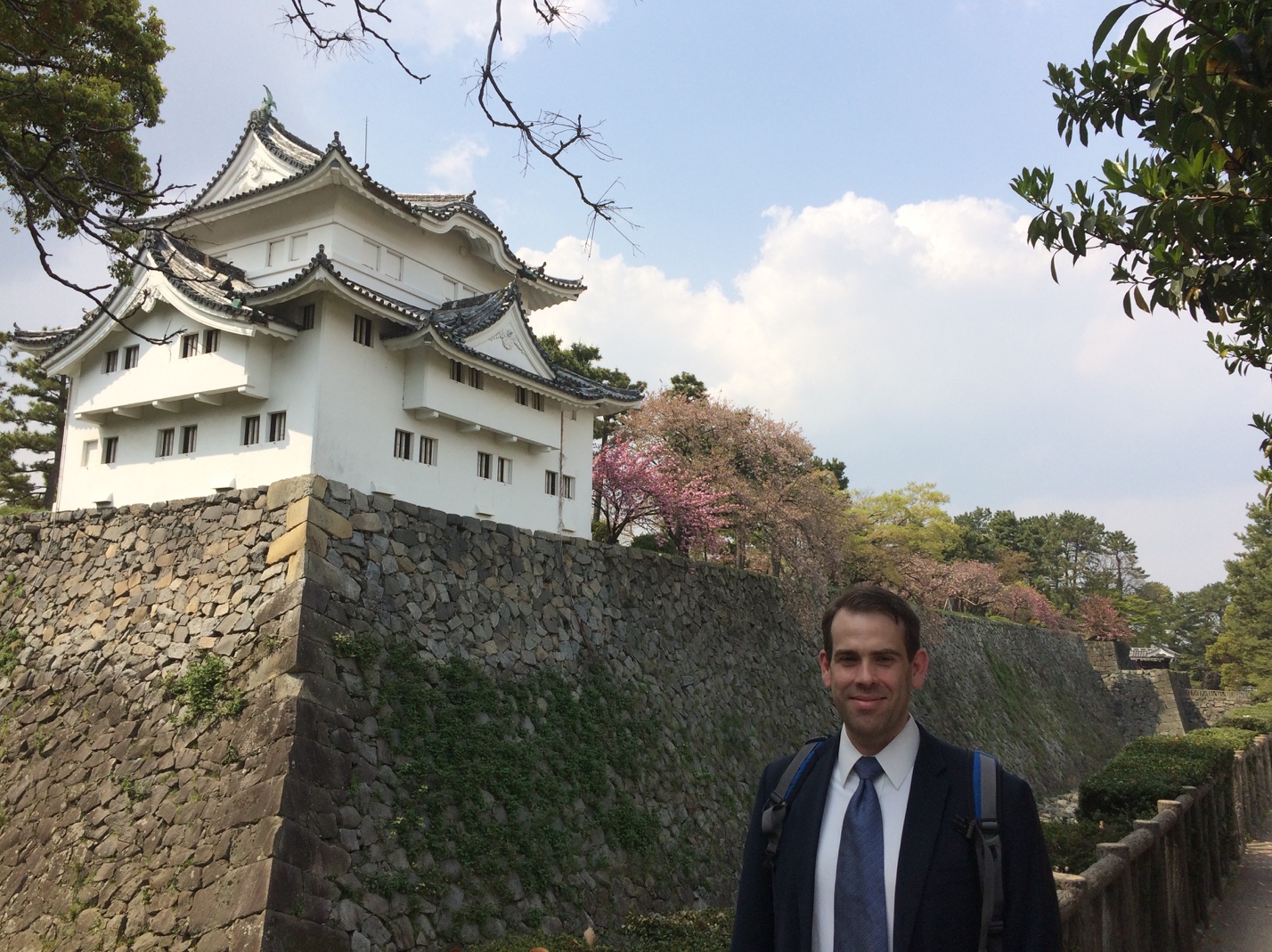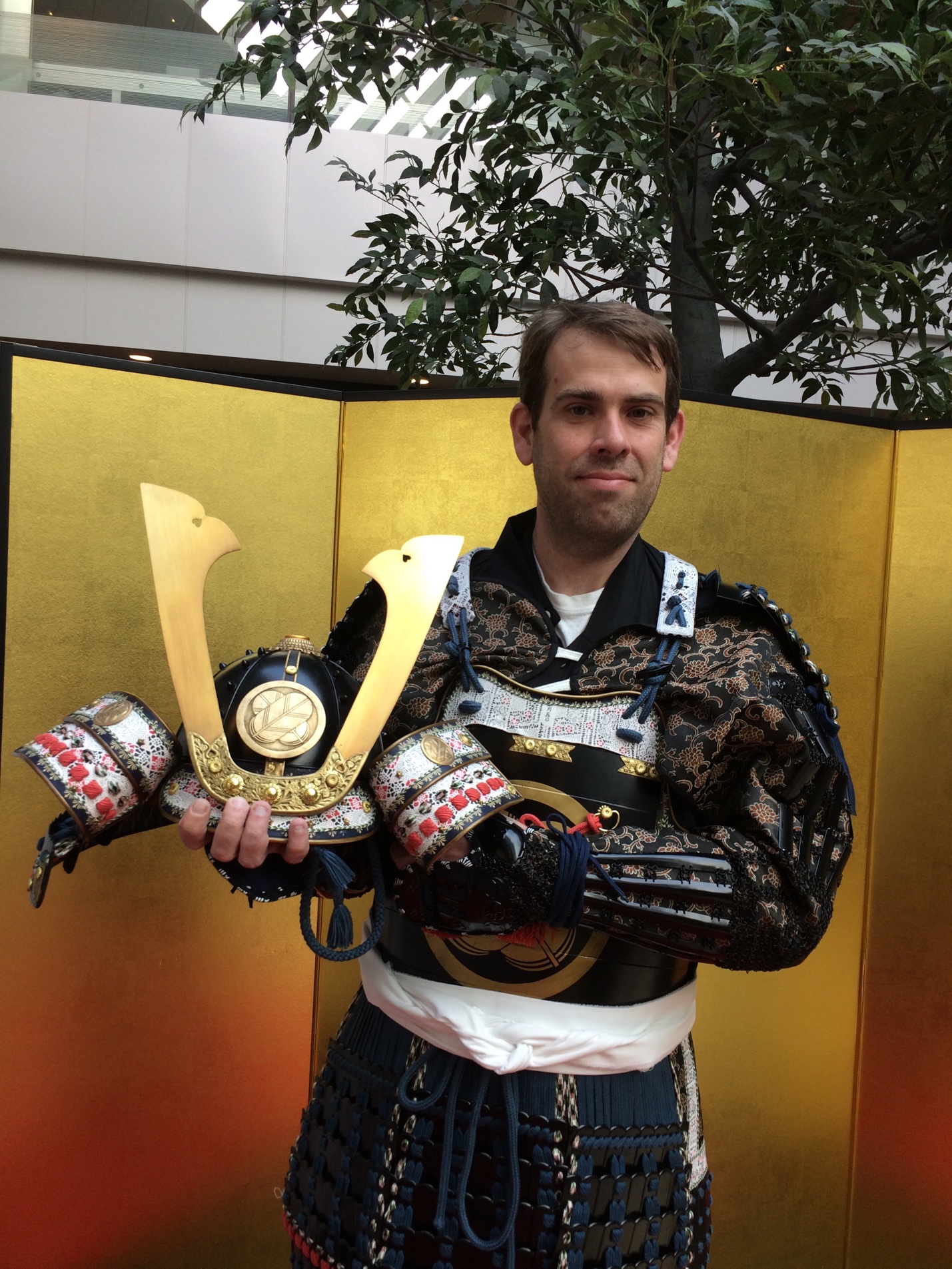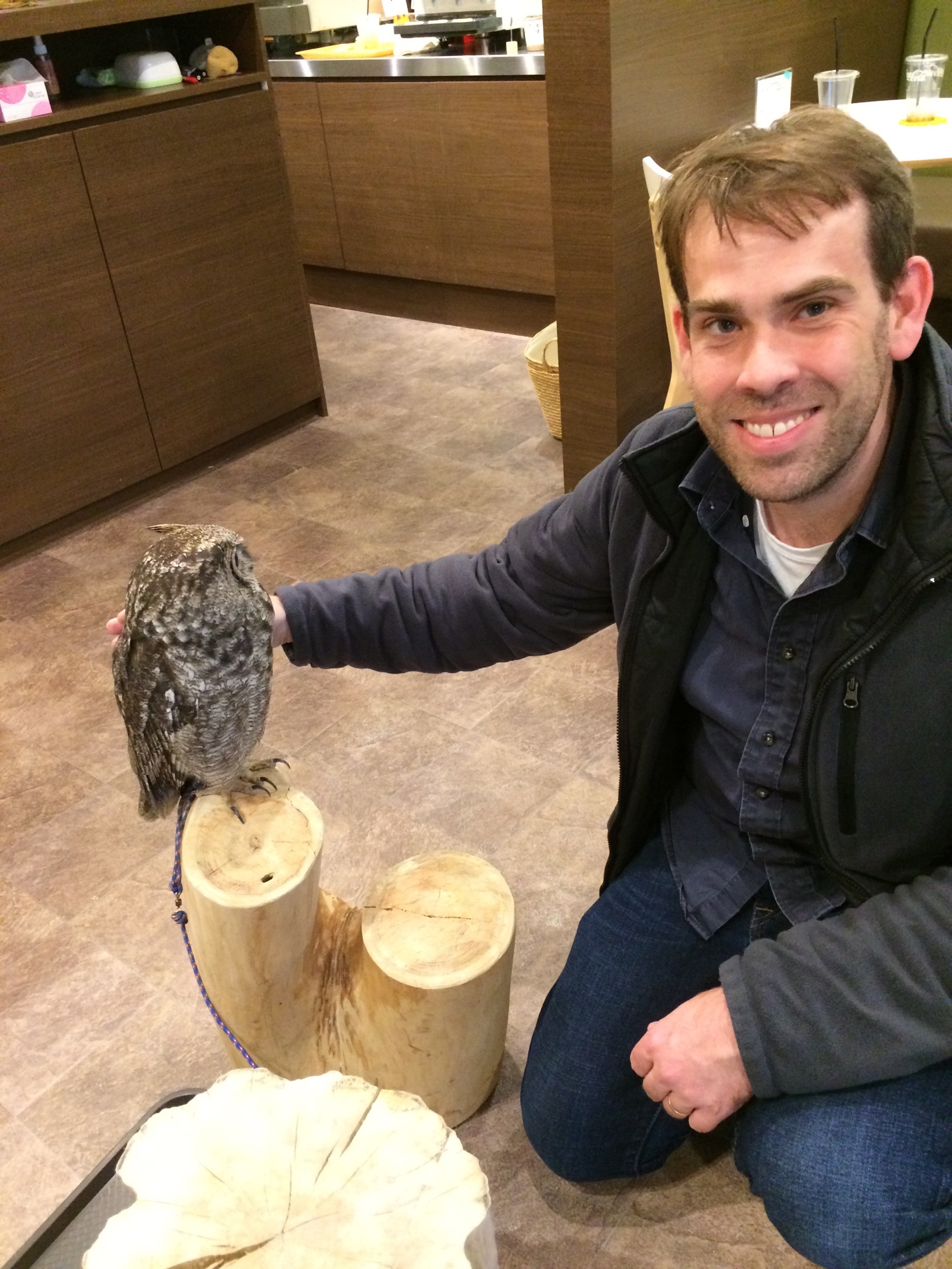Clinical Exchange in Japan
Welcome to Japan and Nagoya University school of Medicine!
Experience report
Name: Jason Crowther
School: Tulane School of Medicine, USA
Study Period: April 2nd – 27th, 2018
Departments: Gastroenterological Surgery 1 and 2
My clinical rotation at Nagoya University was an incredibly enjoyable and unique experience, and really a highlight of my time in medical school. The attendings and residents at Nagoya were all very eager to teach medical students, and make sure that we could get the most out of the experience.
I spent four weeks at Nagoya, two weeks in each of the Gastroenterological Surgery departments. There is a lot of overlap between the two departments in terms of the kinds of patients and types of operations they perform, with some differences based upon the particular training or interests of the attendings.
My first two weeks were in the Gastroenterological Surgery 1 department. I was really surprised my first day how quickly my clerkship got underway. I checked in with the Office of International Affairs and was taken to the department to meet with the chair, Dr. Nagino. After that, I met with one of the residents, and I thought the rest of the day was going to be spent becoming acquainted with the hospital, checking into the dorm, and maybe filling out some paperwork, but was happily surprised to find that I was going to be thrown into work right away. The resident told me about the schedule for surgeries and rounds for the week, then asked, “Are you ready to go to surgery now?”, and we headed over to the OR. The first case was a subtotal gastrectomy for gastric cancer, both an operation and disease which are fairly uncommon in the US, but much more common in Japan. Nagoya is also a specialty center for the treatment of cholangiocarcinoma, and I might have seen more cases of this while at Nagoya than I will for the rest of my medical career.
In general, surgeries are carried out similarly in Japan and the US, and I don’t think there would be anything too incredibly surprising for a medical student going from the US to Japan or vice versa, but there are a few differences. The surgery day tends to get started a lot later in Japan, with both operations and rounds not starting until around 9 AM, but the day can go much later, with weekly conferences being late in the afternoon (sometimes not starting until 5 PM). The teams in the OR tend to be much bigger, especially on the more complicated cases, which has advantages and disadvantages for the student. It is more difficult when you scrub in on complicated cases to assist much with the surgery, because there may be 3-4 attendings and residents scrubbed in already. However, the surgeons consistently video record every surgery for later review, and so the OR’s are equipped with cameras and televisions where you can watch the surgeries. In these cases, I actually found it more helpful to watch with one of the residents who could explain step-by-step what was happening in the surgery. On the more routine surgeries, it was easier to scrub into cases and actively assist with retracting and suturing.
My second two weeks were in the Gastroenterological Surgery 2 department. There was a lot of overlap with the cases from the previous two weeks, so the main highlight of my second two weeks was the simulation lab. Nagoya has an impressive simulation lab with equipment to practice endoscopic surgery, neurosurgery, ophthalmological surgery, and computer simulations to practice laparoscopic operations.
Outside of clinical work, living and traveling in Japan was an incredible experience. The food is really delicious everywhere, and even eating at the medical school cafeteria was like at Japanese restaurants back home. Traveling both within Nagoya and in Japan is very easy because of the extensive public transportation system. There were no surgeries scheduled during the weekend in the department, so I had time to travel all over Japan, but even though Japan is such a small country, history and culture are packed into every corner of the country and it would be impossible to see all that it has to offer.
Thanks to everyone at Nagoya for making this an unforgettable experience!



Click here to read other stories
Nagoya University Graduate School of Medicine